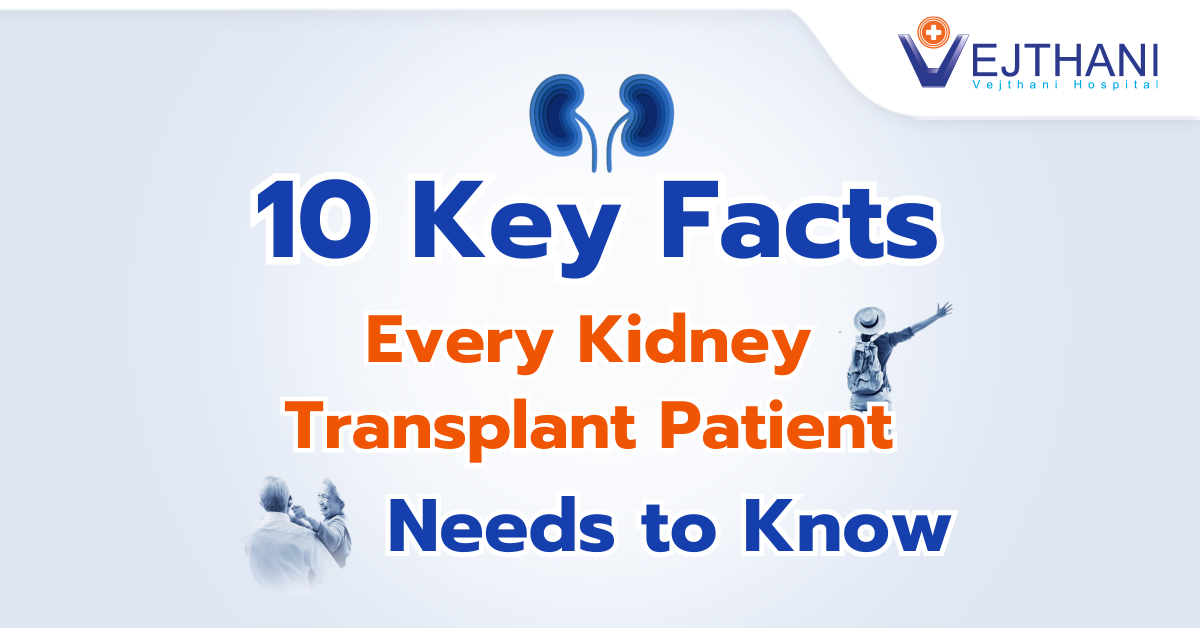
Targeted Therapy
Overview
Targeted therapy in cancer treatment is specifically designed to address genetic alterations or mutations that facilitate the transformation of healthy cells into cancerous ones. Healthcare professionals conduct tests to pinpoint these genetic changes responsible for the proliferation and survival of cancer cells. Subsequently, they select tailored treatments aimed at either eliminating these cells or inhibiting their growth. Unlike conventional therapies, targeted therapy minimizes damage to healthy cells. With over 80 targeted therapies developed, healthcare providers deploy them across various cancer types, sometimes as the primary treatment and often in combination with other therapeutic approaches.
Types
Healthcare providers, upon understanding the genetic mutation causing a healthy cell to transform into a cancer cell, pinpoint specific components of cancer cells for targeted treatment. These targets may exist on the surface of cancer cells or within their interior. There are two primary types of targeted therapies commonly employed:
- Monoclonal antibodies: These are artificially produced versions of natural antibodies found in the immune system. Antibodies are proteins that actively seek out foreign proteins (antigens) in the body, such as those from infections or cancer cells, to neutralize them. Monoclonal antibodies are designed to target cancer cells in various ways, aiming to eliminate them.
- Small-molecule drugs: These medications are designed to bind to specific targets present on cancer cells, thereby impeding their growth or inducing cell death.
Cancer cells require a number of factors for survival. In order to prevent cancer cells from expanding, growing, and surviving, some targeted therapies are as follows:
- Angiogenesis inhibitors: Cancer cells have blood vessels, just like all other organs and tissues, which they need on for nourishment and oxygen to survive. Cancer cells release chemicals that encourage the growth of new blood vessels in order to ensure that they receive enough oxygen and nutrients. Angiogenesis inhibitors obstruct these signals, as well as the survival of cancer cells.
- Signal transduction inhibitors: The message system that cancer cells need to grow and survive is disrupted with by this treatment Cancer cells typically communicate with other proteins inside the cell by means of a protein receptor known as a signaling receptor. To receive instructions on how to divide, die, and carry out other actions necessary for cancer cells to proliferate, these proteins must bind to the signaling receptor.
- Proteasome inhibitors: Proteasomes are the target of this targeted therapy. These enzymes break down the proteins found in cancerous cells.
Reasons for undergoing the procedure
More than 80 targeted therapies have been created by healthcare providers to treat various types of cancer. Additionally, targeted therapy that address several mutations within the same cancer type have been created. Targeted therapy may be used to treat the following cancer types:
- Blood cancer: leukemia, lymphoma, and multiple myeloma.
- Brain cancer: Glioblastoma and neuroblastoma.
- Bone or soft tissue cancer: Soft tissue sarcoma.
- Breast cancer: BRCA gene mutation breast cancer, HER2-positive breast cancer, hormone receptor-positive breast cancer and triple-negative breast cancer.
- Digestive system cancer: colorectal cancer, esophageal cancer, gastrointestinal stromal tumor (GIST), neuroendocrine tumors, non-Hodgkin’s lymphoma, pancreatic cancer, stomach cancer (intestinal stomach adenocarcinomas), hepatocellular cancer and cholangiocarcinoma (gall bladder cancer).
- Head and neck cancer: Laryngeal cancer, nasal cavity and paranasal sinus cancer, nasopharyngeal cancer, oral cancer and oropharyngeal cancer.
- Lung cancer: Non-small cell lung cancer, small cell lung cancer and mesothelioma.
- Reproductive system cancer: Cervical cancer, endometrial cancer (high risk or cancer that’s come back), and prostate cancer.
- Skin cancer: Melanoma and cutaneous squamous cell skin cancer.
- Thyroid cancer: Anaplastic thyroid cancer, medullary thyroid cancer and papillary/follicular thyroid cancer.
- Urinary system cancer: Bladder cancer, kidney cancer and prostate cancer.
Before the procedure
Your healthcare provider will assess whether targeted therapy aligns with the appropriate treatment for your specific type of cancer. This determination may involve conducting blood tests or analyzing tissue samples obtained from biopsies. These samples will be scrutinized for particular gene alterations or mutations, identifying potential targets that are anticipated to be responsive to specific therapies.
During the procedure
Individual circumstances vary, so it’s important to consult your healthcare provider for personalized details about your treatment plan. However, here are some general points about what to expect during targeted therapy:
- Targeted therapy can be administered in different forms: orally as a pill, as a subcutaneous injection, or intravenously (IV).
- It may be combined with other treatments like chemotherapy or radiation therapy.
- The frequency of targeted therapy varies from daily to monthly or less often, depending on your specific regimen.
- Periods of treatment breaks may be incorporated.
- Regular appointments with your healthcare provider will be scheduled to monitor your progress. This may involve various tests such as blood tests, X-rays, or computed tomography (CT) scans to evaluate the effectiveness of the targeted therapy and assess any side effects you may be experiencing.
Outcome
For most patients, targeted therapy is an effective cancer treatment. Targeted therapy has a very variable success rate. The type and stage of the cancer determines the outcome.
The primary advantage of targeted therapy is its ability to eliminate cancer cells while preserving healthy cells. It can help prevent the growth of cancer cells. In cases where alternative treatments have proven ineffective, healthcare providers might recommend targeted therapies.
Throughout your course of treatment, side effects are possible. The side effects of target therapy differ from patient to patient. A few months after your treatment is over, the majority of side effects from targeted therapy disappear.
People can be affected by targeted therapy in a variety of ways. Find out from your healthcare provider what to anticipate from targeted therapy, including what to do in the event that side effects worsen faster than anticipated.
Contact Information
service@vejthani.com






















